Flower growers always worry about what flowers to grow. Today I will introduce to you several flowers that can be seen and eaten. These flowers are not only beautiful and fragrant, but also edible. They can be said to be very practical flowers. Below I will list 5 kinds for your collection.
First, mint
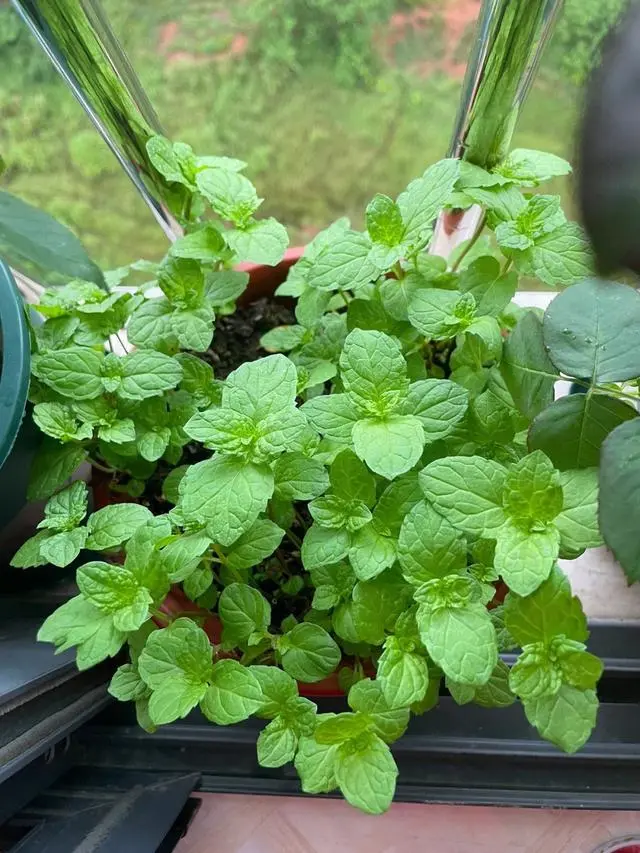
Mint (Mentha) can be eaten. Mint is a commonly used herb plant, often used in cooking, making tea and condiments. Mint has a cool taste and refreshing aroma, and is often used to flavor tea, beverages, desserts, salads, sauces, etc.
Mint leaves are often used to make tea, which can be used alone or mixed with other herb plants. Mint tea helps digestion, relieves stomach discomfort, and can also refresh the mind, making people feel refreshed and relaxed.
In addition, mint is also commonly used in cooking, especially in Middle Eastern, Mediterranean and Asian dishes. Mint can be used to make sauces, pickled foods and seasonings to add a fresh flavor to dishes. It can also be used to make cocktails, ice cream and desserts.
The use of mint can be based on personal preference and the desired amount of flavor, but be careful to use it in moderation to avoid adverse reactions in some people. In addition, make sure the mint used is washed or comes from an edible source to ensure safety.
Second, Calendula
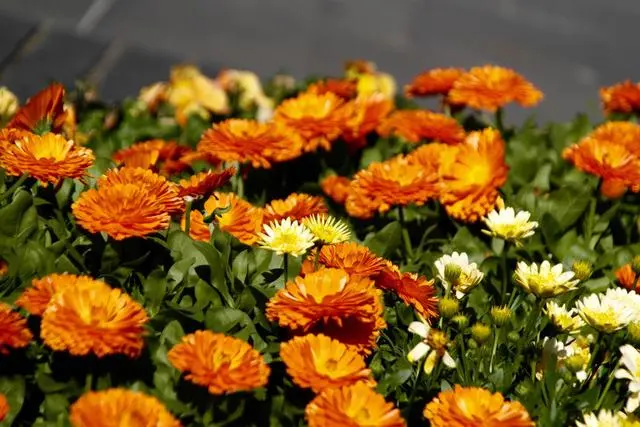
The petals of Calendula (Tagetes) are edible. Calendula is a flower plant that is often used for cooking and decoration.
The petals of Calendula are often used as salads, cooking and decorations. They have a bitter and spicy taste and can add a unique flavor to dishes. Calendula petals are usually yellow or orange and can be used to beautify salads, soups, stir-fries and pastries.
However, it is important to ensure that the calendula used is organic flowers without pesticides or chemical treatments. In addition, some individuals may be allergic to calendula or sensitive to certain ingredients, so it is best to try a moderate amount before consuming it to ensure that there are no adverse reactions.
Please note that in addition to the petals, other parts of calendula (such as stems, leaves and seeds) may be toxic and are not recommended for consumption. Before consuming petals or other plant parts, make sure to obtain relevant consumption advice and understand the characteristics and safety of the plant.
Third, Aloe Vera
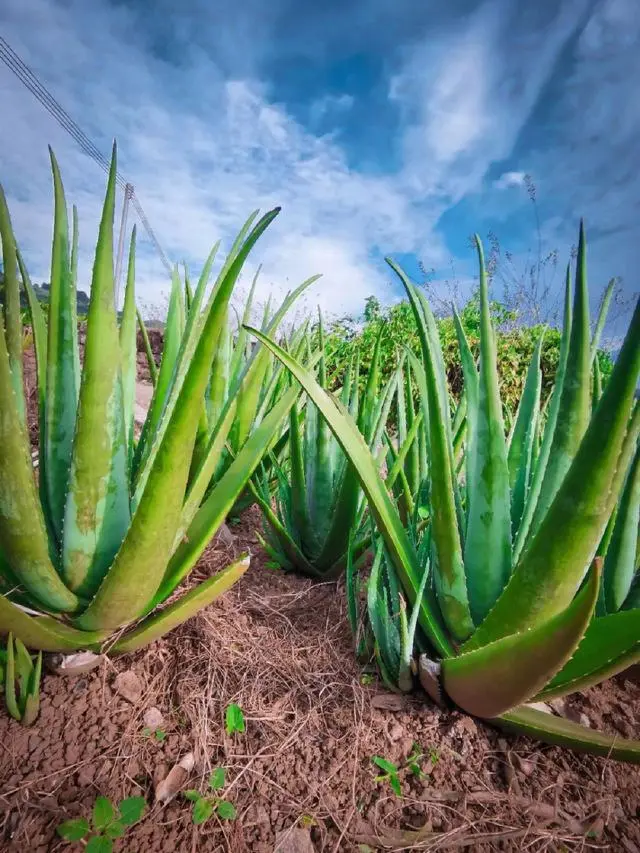
Aloe vera is edible. Aloe vera is a succulent plant whose leaves contain a gelatinous transparent substance, which is widely used in medicine and food.
Aloe vera gel contains a variety of beneficial substances, such as polysaccharides, amino acids, vitamins, minerals and enzymes. These ingredients give aloe vera many nutritional values and medicinal properties, and are believed to have anti-inflammatory, antioxidant, digestive system nourishing, immune system promoting and skin protection effects.
Aloe vera can be eaten by peeling its fresh leaves, taking out the gel part and adding it to drinks, salads, juices, yogurt, ice cream and jelly. Aloe vera gel can provide a refreshing taste and some special plant aroma.
Although aloe vera is edible, it should be noted that the outer layer and yellow skin of the aloe vera leaf should be peeled off before eating aloe vera, because this part may contain a substance called aloin, which is somewhat irritating. In addition, not all aloe vera can be eaten, only a few varieties can be eaten, such as Aloe vera.
Fourth, honeysuckle
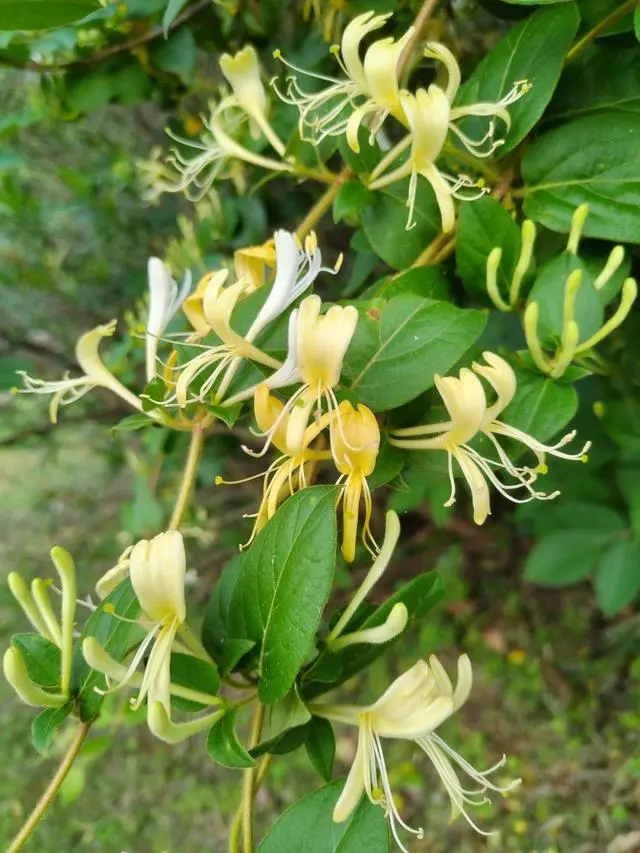
Honeysuckle (Lonicera japonica) is edible. Honeysuckle is a common flower and is also widely used in traditional Chinese medicine and food.
Honeysuckle flowers are rich in oxalic acid, flavonoids, vitamin C, and antioxidants. They are believed to have anti-inflammatory, detoxifying, heat-clearing, detumescence, and antibacterial medicinal effects.
When consuming honeysuckle, a common practice is to soak its flowers in boiling water to make honeysuckle tea. Honeysuckle tea helps to clear away heat and detoxify, relieve colds, coughs, fevers, and other symptoms of upper respiratory tract infections.
In addition, honeysuckle can also be used in cooking, especially in traditional Chinese pastries and desserts. It can be used as a decoration and seasoning to add a fragrant and refreshing taste to dishes.
Please note that other parts of honeysuckle, such as leaves and stems, are generally not used for consumption. In addition, if you have pollen allergies or are allergic to flowers, it is recommended to try a moderate amount before consuming honeysuckle or its products to ensure that there are no adverse reactions.
Fifth, osmanthus
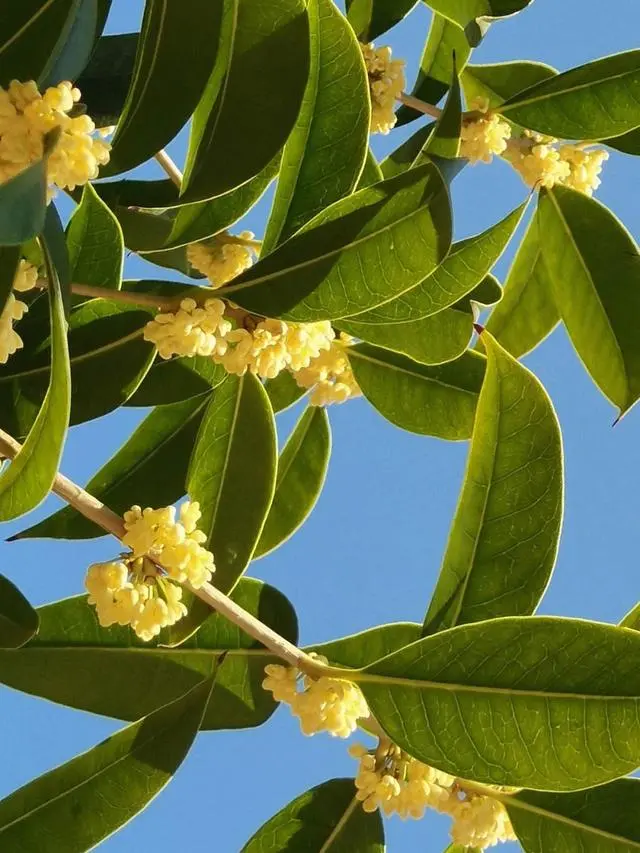
Osmanthus (Osmanthus fragrans) can be eaten. Osmanthus is an aromatic flower that is often used for food seasoning and making scented tea, pastries, etc.
Osmanthus has a unique aroma and aromatic taste and is often used as a condiment to give a sweet taste to foods such as pastries, sugar water, tea and wine. Osmanthus can also be added to foods such as rice, porridge and noodles to add flavor.
In China and other Asian countries, osmanthus is widely used to make traditional delicacies such as osmanthus cake, osmanthus wine, osmanthus candy and osmanthus tea. Osmanthus tea is made by brewing osmanthus petals with boiling water, which has a fragrant aroma and sweet taste. Note that although the petals are edible, the fruits (seeds) of osmanthus are not usually used as ingredients. In addition, if you are allergic to pollen or are allergic to the flowers, try a moderate amount before consuming osmanthus or its products to ensure that there is no adverse reaction. It is safer to choose organic osmanthus flowers without pesticides or chemical treatments.
